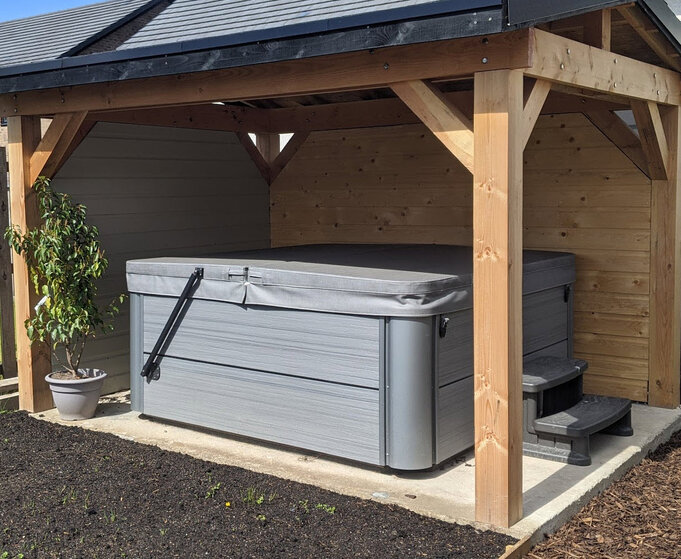T
Time's Ran Out
You need a solid base - it’s not like laying paving slabs!
View all of the UK tiling forum threads, questions and discussions here.
You need a solid base - it’s not like laying paving slabs!
And ants nests and rat nestsAnd the result is - loose tiles that will move and sound crunchy!
yes, if you don't want to stumble and break your femur :=)So to use them on Grass the step 1 is then to remove the grass

No they don’t need sealing.Hi all, I am currently having my patio tiled under my pergola with a Matt porcelain patterned tile. It's called the azteca blue tile and the manufacturer has said it does not need to be sealed.
It has a rough anti-slip surface which looks like it could trap dirt. My question is does this need to be sealed or would I be wasting my time and money sealing it?
If I do seal it, I was thinking of using the ltp porcelain tile pre grout protector before it's all grouted next weekend. What are your thoughts?
You did answer your own question !the manufacturer says they don't need sealing ! Problem is you have spent alot of money on a tile you now realise is probably not best for use in an area that is going to get dirty !! Just buy a jet washer and clean it regularly!! Sealant won't stop leaf mulch or mud from sitting on the sandpaper almost texture of tiles you have bought !! You just have to clean alotHi all, I am currently having my patio tiled under my pergola with a Matt porcelain patterned tile. It's called the azteca blue tile and the manufacturer has said it does not need to be sealed.
It has a rough anti-slip surface which looks like it could trap dirt. My question is does this need to be sealed or would I be wasting my time and money sealing it?
If I do seal it, I was thinking of using the ltp porcelain tile pre grout protector before it's all grouted next weekend. What are your thoughts?
Thank you so much for your response. I understand what you did. I also thought about a concrete top, but between building the frame, getting the bubbles out and then polishing the top, the idea was trashed. Thank you for your assistance. I'd love to show you my counter tops, but I'm sure it would be at least 1 month before I can finish. If I can find you on this site again, then I will.I have two counters under a gazeebo, brick walls with a concrete top.
I pre-cast the concrete 100mm thick, and then bedded this onto the brickwork, this was then tiled with porcelain tiles on the top and sides.
I looked at a polished concrete counter top, but this would mean shuttering and pouring the concrete in-situ, whihc is a lot of work, and then even more work involved in polishing it. I too looked at granite as an option, but, worte it off for the same reasons that you did
